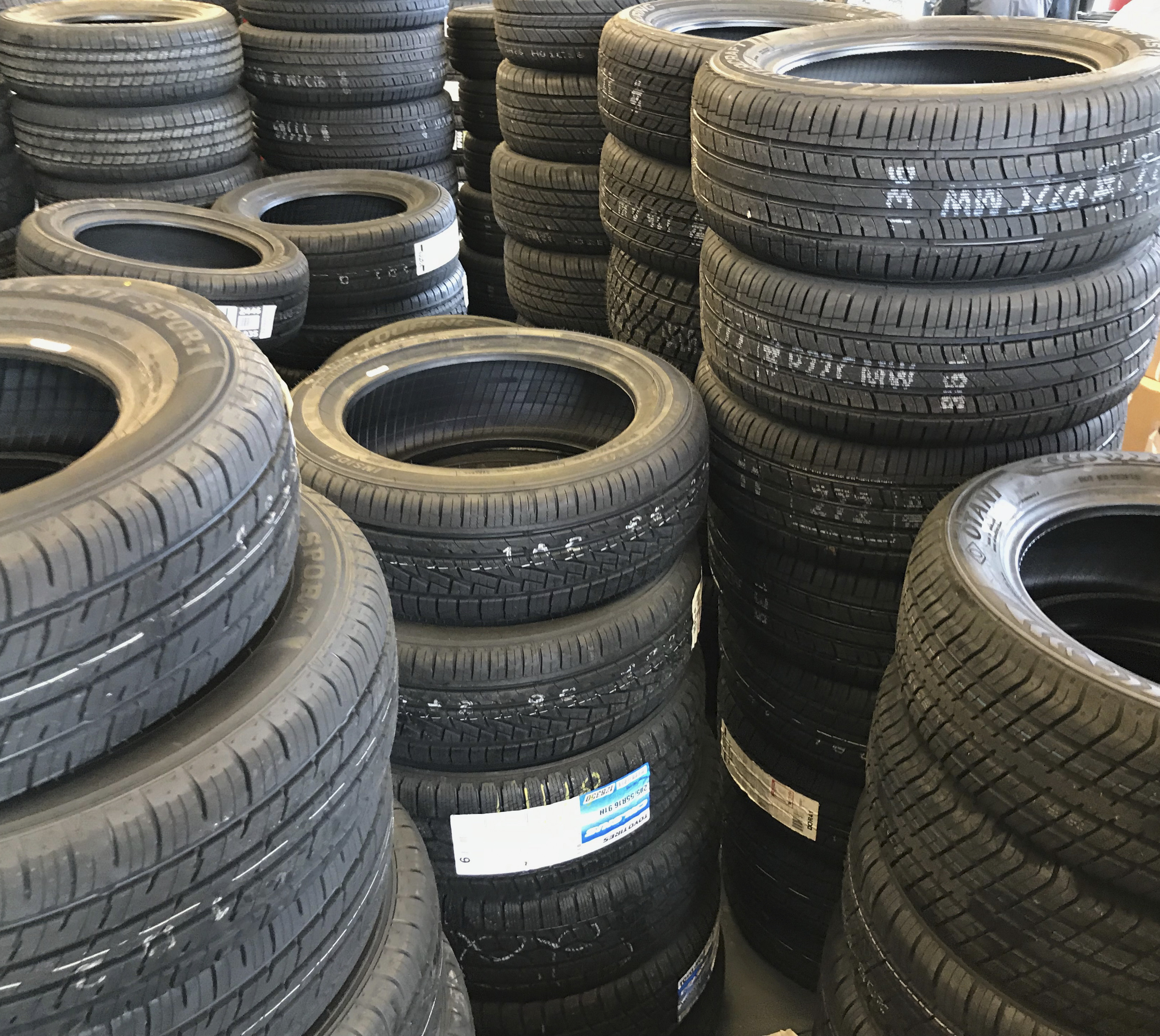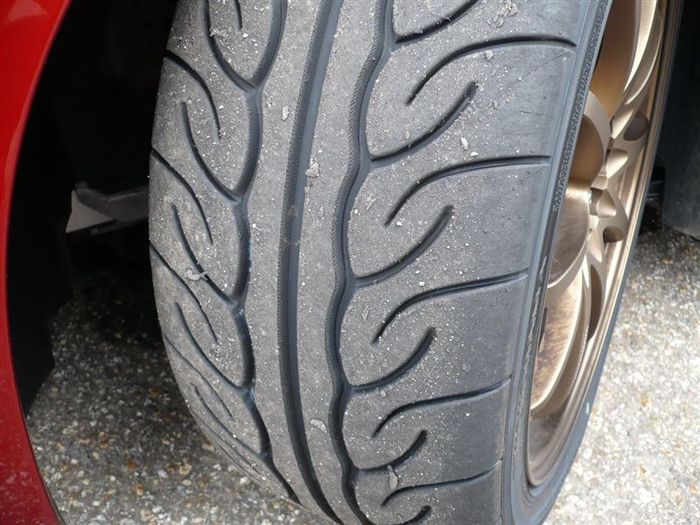All Categories
Featured
Table of Contents
The Michelin used a comfy driving experience, qualified by responsive steering and a modern understeer balance. Regardless of the cooler screening problems, Michelin's consistent time and hold over three laps shows its viability for real-world applications.
The tire's first lap was a 2nd slower than the 2nd, pointing to a temperature-related hold rise. For daily use, the Michelin might be a much safer wager.
Cost-effective Car Tyres
It shared Michelin's safe understeer balance yet did not have the latter's willingness to turn. Continental and Goodyear's performances were noteworthy, with Continental's new PremiumContact 7 revealing a substantial improvement in damp conditions compared to its precursor, the PC6. This version was much much less sensitive to load modifications and acted just like the Michelin, albeit with somewhat less interaction at the limitation.
It integrated the secure understeer equilibrium of the Michelin and Continental with some sporty handling, verifying both foreseeable and fast. As an all-rounder for this Golf GTI, Goodyear's Crooked variety was the standout, demonstrating outstanding performance in the wet. Finally, the Bridgestone Potenza Sporting activity took the crown as the fastest tyre, albeit by a little margin.
Motorists looking for an interesting damp drive could discover this tire worth considering. The standout entertainer in wet stopping was the newest tire on test, the PremiumContact 7, though the outcomes are nuanced.
Top Cheap Car Tyres
Ideally, we wanted the cold temperature test to be at around 5-7C, but logistical hold-ups suggested we evaluated with an ordinary air temperature level of 8C and water at 12C. While this was cooler than common test conditions, it was still warmer than real-world problems. The cozy temperature examination was done at an average of 18C air and 19C water.
The 3rd run involved damp stopping examinations on worn tires, specifically those machined down to 2mm with a small confrontation. While we planned to do even more with these worn tyres, weather condition restrictions limited our testing. It's worth keeping in mind that wet stopping is most critical at the worn state, as tires generally boost in dry conditions as they wear.

It shared the most considerable efficiency drop, along with the Yokohama, when put on. Bridgestone, Goodyear, and Michelin saw the least efficiency decrease when used. Bridgestone and Goodyear's performance dipped in cooler problems. The Hankook tire registered the smallest efficiency drop as temperatures cooled, however it was amongst one of the most affected when used.
Honest Tyre Shop Near Me (Balga 6061 WA)
The take-home message below is that no solitary tire stood out in all elements of damp stopping, suggesting a complex interplay of variables influencing tire efficiency under various conditions. There was a standout tire in aquaplaning, the Continental ended up top in both straight and curved aquaplaning, with the Michelin and Goodyear additionally great in much deeper water.

Yokohama could take advantage of somewhat even more grasp, an issue potentially influenced by the colder conditions. As for dealing with, all tires done within a 2% variety on the lap, showing their high-quality performance (Tyre care). However, considering these tyres essentially target the exact same consumer, it's fascinating to observe the considerable distinctions in feeling.
The surprise is since the PremiumContact 6 was one of my favourites for sporty completely dry drives, yet its successor, the PremiumContact 7, appears elder and appears like Michelin's performance. Among these, Hankook was the least precise in steering and communication at the limit. Tyre balancing. Both Michelin and Continental used charming first steering, albeit not the fastest
If I were to advise a tire for a quick lap to a novice, say my papa, it would be one of these. We have the 'enjoyable' tyres, namely Yokohama and Bridgestone. Both were quick to steer and really felt sportier than the others, yet the trade-off is an extra spirited back end, making them a lot more challenging to deal with.
High-quality Tyres – Stirling 6061 WA
It gave comparable steering to Bridgestone but provided better responses at the limit and much better grip. The Bridgestone Potenza Sport, however, seemed to weaken fairly rapidly after simply 3 laps on this demanding circuit. There's Goodyear, which placed itself someplace in between the fun tyres and those often tending in the direction of understeer.
Altogether, these tyres are exceptional entertainers. For road use, I 'd lean in the direction of either the Michelin or Goodyear, depending on your details choices. In terms of tyre wear, the method made use of in this test is what the industry refers to as the 'gold requirement' of wear. The wear specialists at Dekra conducted this test, which entailed a convoy of cars and trucks traversing a very carefully planned route for 12,000 kilometres.
Both the Bridgestone and Yokohama tires considerably underperformed in contrast to the various other 4 tires in terms of rolling resistance, with Continental slightly surpassing the rest. Regarding the comfort degree of the tires, as prepared for, the majority of showed an inverse relationship with handling. The Continental, Michelin, and Goodyear tyres executed finest across various surface types evaluated.

Bridgestone began to show indications of firmness, while Yokohama was specifically rough over craters. We did determine interior sound degrees; nevertheless, as is frequently the case, the results were very closely matched, and due to weather restraints, we were incapable to conduct a subjective assessment of the tyres noise. Ultimately, we looked at abrasion numbers, which measure the amount of tire walk shed per kilometre, normalised to a one-tonne vehicle.
Tyre Installation Near Me
This number stands for the amount of rubber dirt your tyres create while driving. Michelin led in this group, creating over 9% less rubber particulate issue.
Latest Posts
Best Tyre Safety Checks – Swan 6054 WA
Leading Tyre Tuning Near Me (Wangara)
Tyre Performance